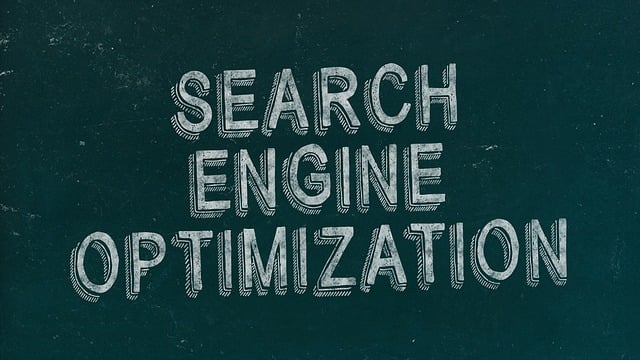The AI long-term rental market leverages data analytics for optimized pricing, screening, and management. By integrating AI legal clause flagging systems, landlords can process large datasets to uncover trends, preferences, and risks, enabling fair pricing, minimizing vacancy rates, and targeted marketing. These systems also identify red flags in tenant applications, safeguarding investments. In today's digital age, these AI tools automate lease document analysis for key clauses, ensuring compliance and dispute resolution, fostering efficiency and transparency. Demand Heat Mapping uses AI to visualize regional variations in AI adoption, helping landlords anticipate trends and adjust strategies, influencing real estate investments and urban planning.
“The integration of Artificial Intelligence (AI) into the long-term rental market is reshaping how we perceive and utilize property rentals. This article delves into the intricate relationship between AI technologies, particularly legal clause flagging systems, and their collective impact on demand patterns across diverse geographic areas. By employing demand heat mapping, we gain valuable insights into emerging trends, enabling better-informed decisions in a rapidly evolving rental landscape.”
- Understanding the AI Long-Term Rental Market: Unlocking Data Insights
- The Role of Legal Clause Flagging Systems in Rentals
- Demand Heat Mapping: Visualizing AI's Impact on Rental Trends
Understanding the AI Long-Term Rental Market: Unlocking Data Insights

The AI long-term rental market is a dynamic and evolving sector that leverages advanced data analytics to optimize rent pricing, tenant screening, and property management. By integrating AI legal clause flagging systems, landlords and property managers can efficiently process vast amounts of data, uncovering valuable insights into market trends, demographic preferences, and potential risks. This technology enables them to make informed decisions, ensuring fair pricing strategies and minimized vacancy rates.
AI-driven systems analyze historical rental data, government records, social media trends, and other sources to identify areas with high demand for long-term rentals. This demand heat mapping helps property owners and managers target their marketing efforts effectively, attract suitable tenants, and maximize returns on investment. Moreover, these systems can flag potential red flags related to tenant applications, such as financial instability or fraudulent activities, thereby safeguarding investments and maintaining the integrity of the rental market.
The Role of Legal Clause Flagging Systems in Rentals

In today’s digital era, AI is transforming various sectors, and the rental market is no exception. AI legal clause flagging systems play a pivotal role in streamlining and securing long-term rental agreements. These innovative tools analyze and identify key clauses within lease documents, ensuring compliance with local regulations and protecting both landlords and tenants. By automating this process, potential risks and disputes can be mitigated, fostering a more efficient and transparent environment for all parties involved.
Moreover, AI systems offer enhanced accuracy and speed compared to manual methods. They can detect subtle yet crucial legal nuances, flagging any clauses that might favor one party over the other. This proactive approach allows for informed decision-making, encouraging fair practices and building trust between renters and landlords. As these technologies evolve, they are set to revolutionize the rental landscape, making it more accessible, secure, and user-friendly.
Demand Heat Mapping: Visualizing AI's Impact on Rental Trends

Demand Heat Mapping offers a powerful tool for understanding the impact of Artificial Intelligence (AI) on long-term rental markets. By analyzing vast datasets, these visual representations reveal regional variations in AI adoption and their corresponding effects on rental trends. With AI legal clause flagging systems, landlords and property managers can identify areas where AI integration is driving market demand. For instance, heat maps might highlight cities with a high concentration of tech companies deploying AI for tenant screening, leading to increased competition for properties.
This technology allows stakeholders to make data-driven decisions, recognizing emerging trends and adapting strategies accordingly. Visualizing these patterns helps in understanding the diverse adoption rates of AI across different demographics and its influence on rental dynamics, ultimately shaping real estate investments and urban planning.
AI is transforming the long-term rental market, and demand heat mapping is a powerful tool to visualize these trends. By leveraging AI legal clause flagging systems, landlords and property managers can gain valuable insights into tenant preferences, pricing dynamics, and high-demand areas. This data-driven approach enables more informed decision-making, optimizes rental pricing strategies, and ultimately enhances overall market efficiency. As the AI landscape evolves, staying ahead of these technological advancements will be key to success in the long-term rental sector.
